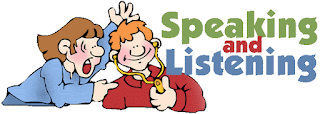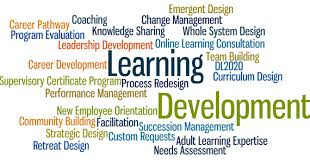Teaching Listening and Speaking

"Teaching Listening and Speaking" Listening is a basic skill for different learning processes. It is an active behaviour in contrast to reading which is just a receiving of sound waves. There are three basic steps listening involves: hearing, understanding and judging. Listening has two major intentions, which are to maintain the communicational relation (interactional function) and to impart information (transactional function). The most important factors of which listening is composed are the knowledge of linguistic structures, the numbers of vowel and consonant phonemes (liaison, elision), rhythm (syllable-timed or stress-timed), intonation, prior knowledge, attention and the short- and long-term memory (Sakuma, 2000). There are three different stages of teaching listening: pre-listening, while-listening and post-listening. Pre-listening means that the teacher makes the students aware of a situation and activates their prior knowledge. While-listening means that the teac...






